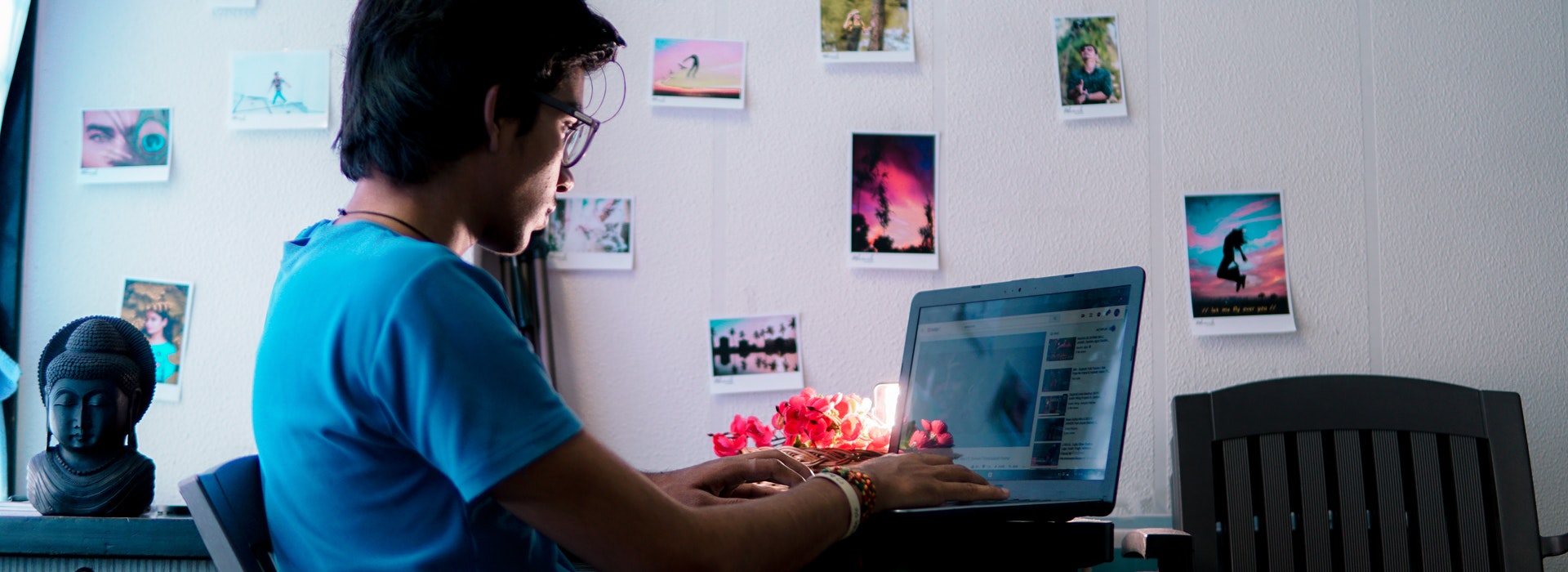
Warning: Undefined variable $post in /var/www/html/rc-ecampus.ecampusontario.ca/wp-content/themes/ecampusontario/functions.php on line 183
Warning: Attempt to read property "ID" on null in /var/www/html/rc-ecampus.ecampusontario.ca/wp-content/themes/ecampusontario/functions.php on line 183
3 min. Read
Open Library now traces OER adaptations
A new feature of the eCampusOntario Open Library allows users to identify and review different versions of adapted or remixed open educational resources (OER), a practice that benefits authors, users and those who help make OER available to the public.
Creative Commons licenses require authors who re-mix the creative work of others to provide written attribution to original authors. The Open Library displays this OER “history” by providing links to other versions of textbooks or resources. This practice demonstrates the power of these licenses, honours the work of authors, promotes the evolution of new OER and evolves OER database and stewardship practices.
Honouring creators
Creators preparing to publish their works have the choice of making their content closed (i.e., only available for purchase) or open and freely available. When authors decide to publish their works in the open, they share their knowledge and expertise without receiving compensation.
By including links to original versions or source material of adapted texts, the Open Library honours the effort and expertise of open authors at the point of discovery. For instance, Human Nutrition (2019) by Allison Calebrese et al. is an adaptation of two previously published editions by Brian Lindshield (2018) and Peter DeSaix et al. (2013).
Communication for Business Professionals (2018) is a Canadian adaptation of Business Communication for Success (2016), a textbook written for an American audience. The version featured in the Open Library demonstrates the power of open to enhance education by providing content that is more relevant to the context of the learners.
Promoting evolution of knowledge
Publishing under a Creative Commons license acknowledges the dynamic evolution of knowledge. It is always growing, so learning resources need to evolve to meet changing teaching and learning needs. Sometimes textbooks are written to be relevant to a particular geographical context, and the examples don’t always apply to different regions. Other times, the text simply does not match the teaching style of the instructor. As Digital Access and Open Educational Resources Lead, Lillian Hogendoorn explains, “The best textbook for your class is the one that meets your unique teaching and Learning needs.”
A new standard of practice for open libraries
The “other versions” feature in the Open Library not only helps educators understand the adaptation history of their resource, it also creates a more transparent OER “lineage” and sets a new standard for open library databases. When users know where the OER comes from and how OER has been adapted or remixed by colleagues, there is greater trust in the quality of the resource.
Lillian is proud to be part of work that is evolving the stewardship practices of OER databases. “The way that libraries and databases treat OER has a direct effect on how educators and learners view and engage with the possibilities of open. The Open Library is surfacing these links between OER in an effort to create a library that truly embodies the unique power of OER.”



